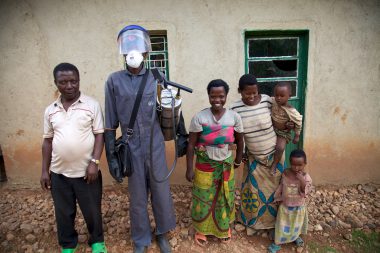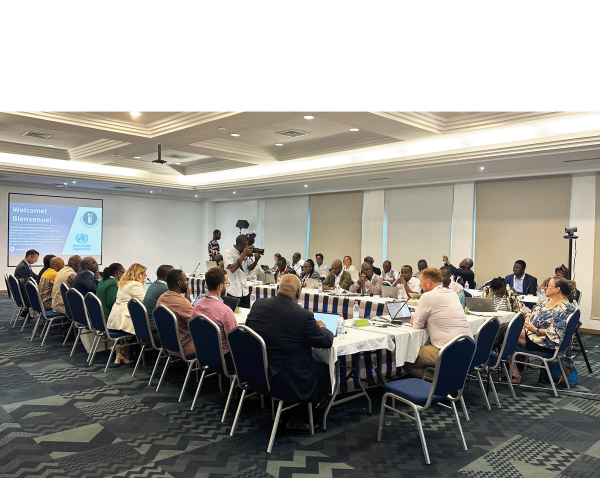About Us
Our mission is to reduce the impact of vector-borne diseases and contribute to their eventual elimination by improving the product development landscape for vector control tools, supporting enhanced evaluation processes, facilitating sustained quality of vector control products and improving their judicious and safe use with a focus on shortening time to market.
Our vision is a development environment for vector control products conducive to dialogue, innovation and investment and which efficiently delivers a steady stream of new, quality tools to those who need them most, and safeguards their continued effectiveness.

IRS spray operator carrying out house spraying during IRS spray campaign, Ethiopia, 2014. Credit: Brant Stewart, RTI, PMI, 2014
Rationale
Approximately 80% of the global population is at risk from vector-borne disease leading to over 700,000 deaths annually, predominantly in sub-Saharan Africa. Vector borne diseases, such as malaria, dengue, yellow fever and Zika and chikungunya pose a huge threat to the world, affecting not only health outcomes, but also serve to slow economic growth and put additional strain public health systems.
Scale up of vector control tools such as ITNs and IRS have played a pivotal role in reducing the mortality and morbidity rates associated with many vector-borne diseases. However, progress is threatened primarily due to insecticide resistance and the need for more effective tools against outdoor and day biting vectors. New tools are rapidly needed to allow countries to maintain an effective portfolio of vector control tools to ensure effective coverage of their populations.

Net Distribution In Mwanza, Tanzania, Riccardo Gangale/VectorWorks, Courtesy of Photoshare, 2016
Approach
I2I’s work focuses on four overarching objectives:
- Innovation: Creating a more conducive environment for innovation and product development;
- Efficiency: Improving evaluation pathways to allow streamlined data generation to accelerate registration and uptake of new tools;
- Quality: Developing rigorous quality assurance systems to ensure the lasting impact of new products;
- Dialogue: Improving dissemination and understanding of WHO pre-qualification processes with vector control stakeholders;
I2I convenes vector control stakeholders such as global and country policy makers, product developers, donors, regulators, academia and programme implementers to streamline the evaluation and registration of new vector control tools.

IRS spray operator with family during IRS campaign, Rwanda, Brant Stewart, RTI, PMI, 2014
Areas of Involvement
I2I Team
Stakeholders
I2I works with numerous organisations and stakeholders to promote product innovation, efficiency, quality, and dialogue within the landscape of available vector control tools.
I2I Stakeholders
I2I Convening














